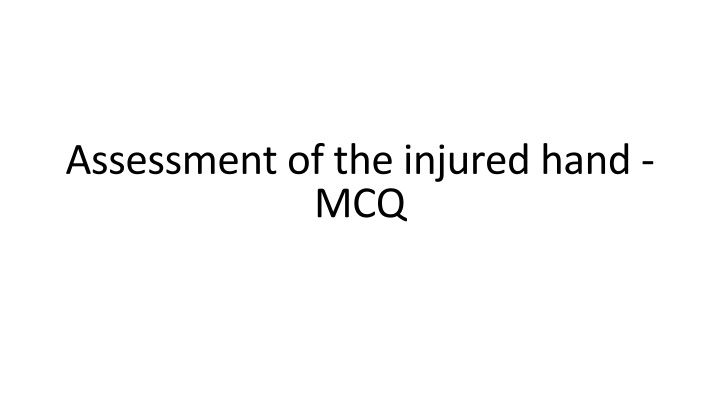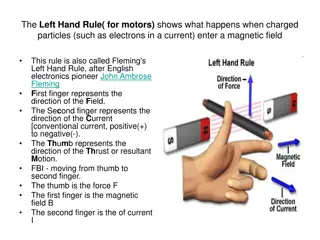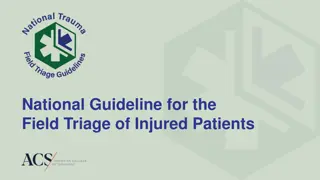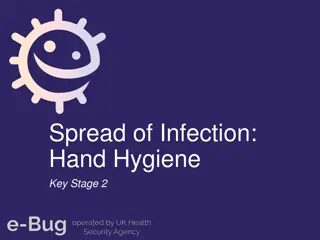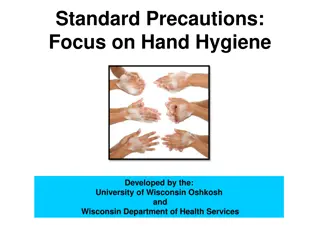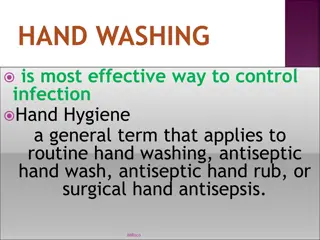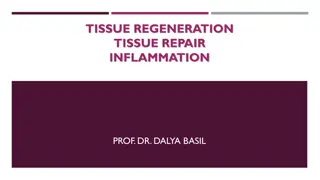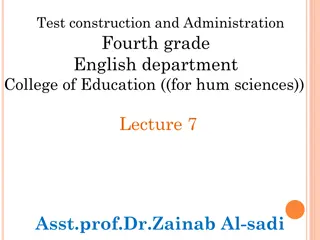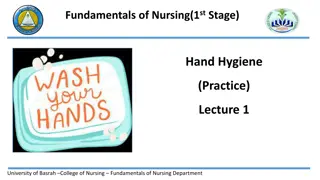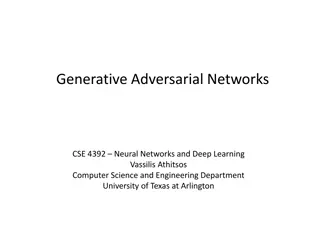Assessment of the injured hand - MCQ
This content covers multiple-choice questions related to assessing hand injuries, including tendon functions, specific tests, pathologies, bite injuries, burn assessment, and mangled hand evaluation. It also explores Kanavel criteria for flexor tenosynovitis and glove distribution in pediatric burns.
Uploaded on Feb 17, 2025 | 2 Views
Download Presentation

Please find below an Image/Link to download the presentation.
The content on the website is provided AS IS for your information and personal use only. It may not be sold, licensed, or shared on other websites without obtaining consent from the author.If you encounter any issues during the download, it is possible that the publisher has removed the file from their server.
You are allowed to download the files provided on this website for personal or commercial use, subject to the condition that they are used lawfully. All files are the property of their respective owners.
The content on the website is provided AS IS for your information and personal use only. It may not be sold, licensed, or shared on other websites without obtaining consent from the author.
E N D
Presentation Transcript
When examining a patient with a hand injury, which of the following is correct? 1. The FDP function is assessed when isolating the other digits 2. EPL tendon is best assessed by attempting retropulsion of the thumb 3. Elson test is used to assess for mallet injuries to the digit 4. Isolated active flexion at the MP joint specifically tests integrity of FPL tendon
Finkelstein Test is positively seen in which pathology? 1. De Quervain s tenosynovitis 2. UCL injury of thumb MCPJ 3. Osteoarthritis of CMCJ thumb 4. Sagittal band rupture MCPJ
When examining a patient following a one day old fight bite injury which of the following is incorrect? 1. Blood borne virus screen is an important investigation 2. Tetanus status should be documented in all patients 3. An XR will be useful to assess for signs of osteomyelitis 4. The patient is likely to have pain and limited extension of MCPJ
In relation to Kanavel criteria for flexor tenosynovitis which of the following is not a described sign? 1. Fusiform swelling of the digit 2. Pain along sheath when palpating 3. Reduced ability to flex digit 4. Pain worse on extension of digit
When assessing burns to the hand, which of the following is correct? 1. Scald injuries are most common mechanism in adults 2. Hand burns should be discussed with burn specialist team 3. The whole nail plates should be removed when dealing with chemical burns of the hand 4. Circumferential superficial partial thickness burns to the wrist require early surgical intervention required
When approaching the mangled hand the first step in assessment is? 1. Ensuring perfusion of the hand 2. Ensure ATLS approach and no life threatening injuries present 3. Assess soft tissue loss 4. Early imaging to assess skeletal integrity
When assessing glove distribution of burns to the hand of a child which of the following statements does not apply? 1. Perfusion of digits should be assessed with consideration of early surgical intervention 2. Consideration of non accidental injury and involvement of paediatric safeguarding 3. The whole body should be assessed for other injuries 4. Ph testing should be performed in all such patients
A patient who has injured his middle finger with a circular saw and has a wound over volar aspect of mid proximal phalanx has absent sensation in both radial and ulnar digital nerve distribution and reduced painful flexion. Which of the following is true? 1. He is likely to present with a devascularised digit 2. His FDP and FDS is likely to be 100% divided 3. This is a zone 3 flexor tendon injury 4. He should be advised full sensation is likely to return following nerve repair
When assessing UCL injuries of the thumb which of the following is not true? 1. RCL injuries are more common than UCL 2. The MCPJ of the thumb should stressed both in flexion and extension 3. Always compare to contralateral side 4. USS can be a useful adjunct to assessment
When assessing phalanx fractures what does not tend to favour surgical intervention? 1. Rotation of digit 2. Intra-articular component on XR 3. Pain at fracture site 4. Open injury
Answers 2 1 3 3 2 2 4 1 1 3
